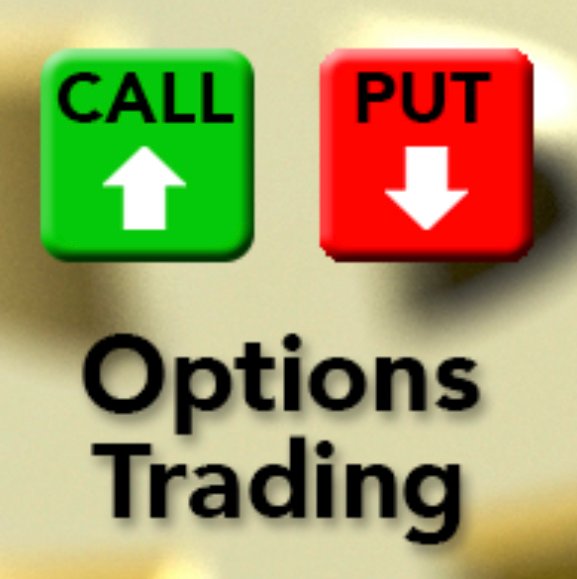What is positive versus negative mathematical expectation in option spread trading?
I watched an interesting video blog article by Ryan Jones, the author of a blog called Trade Partners and the article was titled: Why you shouldn’t trade vertical spreads.
This blog article seems delightfully controversial, so I was very interested in hearing his rationale. His argument had several parts, but one of his main arguments against vertical credit spreads was a negative mathematical expectation. This is an uncommon term, but it is used on some Option education sites to promote a particular strategy, so it’s worthwhile to explore it.
I feel that like most things in options trading, this term sounds mysterious and complex, but when you explain how it’s derived it is easy to understand.
The example trade he used was this one:
A call credit spread is created by selling SPY April 6th 269 for 0.74 and buying the April 6th 270 call for 0.54 for net credit of 0.20.
He says they don’t provide a positive mathematical expectation. You calculate the expectations of loss and profit using the usual percentile tools used in options. The example trade spread had a 79% probability of profit and a 20 cent credit.
The potential loss is the spread between the strikes minus the credit, and here that’s 80 cents.
The mathematical expectation calculation looks like this;
$20 x 0.79 = $15.80 (win)
$80 x 0.21 = 16.80 (lose)
So if you trade this credit spread 100 times, you will win $20 79% of the time for a total gain of 15.80 and you will lose 21% of the time, $80 x .21 = 16.80 loss. So if you do the math, this vertical spread doesn’t have a positive mathematical expectation, it is a negative mathematical expectation. If you trade 100 times you lose 16.80-15.80 or 1.00 x 100 or $100.00 plus commissions.
He recommends making one simple change, change the expiration date of the call you buy. So this isn’t a vertical spread, it is a diagonal spread.
Sell SPY April 6th 269 call for 0.74
Buy the April 9th 270 call at 0.70,
For a net credit of 0.04.
Risk is Strike Distance minus the credit= 1.0 _0.04= 0.96. The probability of profit changes to 87%. Profit not limited to the credit, there is additional profit selling the short. The diagonal is a more complicated spread, as the call you bought still has value when the call you sold expires. Depending on the movement of the stock, that purchased call will have time or extrinsic value and if it’s in the money, some intrinsic value.
Discussion;
I think this article presents a interesting argument for trading diagonals instead of verticals. However it also defines mathematical expectation, a useful term to understand, and it also provides a good argument for only trading vertical spreads with credit equal to or greater then 1/3 the distance between the strike prices of the call we sell and the call we buy.
If you only trade this rule, it looks like this;
A call credit spread is created by selling SPY April 6th 269 for 0.74 and buying the April 6th 270 call for 0.31 for net credit of 0.33, which times 100 = $33.00 per contract.
The “new” mathematical expectation calculation looks like this;
$33 x 0.79 = $26.07 (win)
$ 67 x 0.21 = $14.07 lose)
So if you trade this credit spread 100 times, you will win $33 79% of the time for a total gain of $26.07 and you will lose 21% of the time, $67 x .21 = $14.07 loss. So if you do the math, this vertical spread trade with a 33% credit requirement to make the trade does have a positive mathematical expectation.
I don’t disagree that the diagonal has additional value in the purchased call due to the different expiration date, and the potential value of this call option can be very significant. But the diagonal trade also has increased cost due to purchasing the time value of the later expiration.
But diagonals deserve further study.
Happy Trading,
Shortsegments
Read other articlesby me on the Steemit Social Media Platform, where writers get paid for their content by the community by upvotes worth cryptocurrency, which you can trade for Bitcoin.
Please follow my Twitter Feed Here
SOURCES
Reviewed Video Blog: Trade Partners
Title: What is positive versus negative mathematical expectation in option spread trading?
Tags: options-trading

You deliver as expected from you. People believe the old trend of business but if they turn to a new system as a requirement of this time, they grow fastly. In this, you raised a great point and gives many options to think about how to move like a new trend.
Very great piss of info. I need to use your idea.